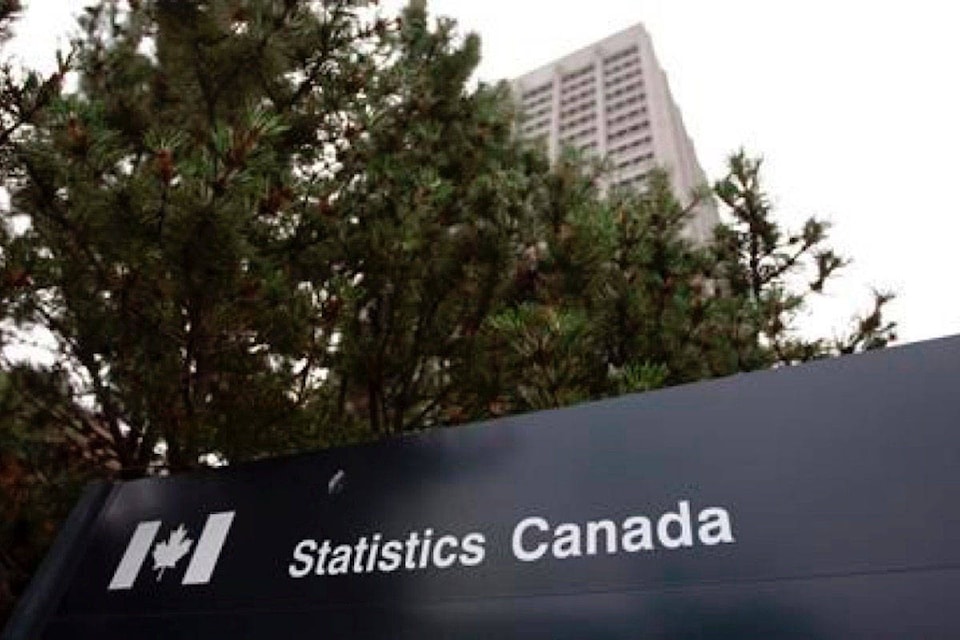The suicide rate among First Nations, Métis and Inuit is three times higher than among the non-Indigenous population, according to figures from Statistics Canada.
They record 24.3 deaths per 100,000 person-years at risk (a measure of deaths per persons per year) among First Nations for the period between 2011 and 2016. For Canada’s non-Indigenous population, the rate was eight deaths per 100,000.
“Suicide rates and disparities were highest for youth and young adults (15 to 24 years) among First Nations men and Inuit men and women,” Statistics Canada states in a report. But the agency notes that these national-level figures underestimate the variability in suicide rates at the community level. When examined by First Nations band, just over 60 per cent of bands had a suicide rate of zero, says the agency. On the other hand, suicide rates among First Nations living on reserves was about twice as high as among those living off reserve.
READ ALSO: First Nations people in B.C. four times more likely to die of an overdose
READ ALSO: First Nation chiefs call for B.C. to declare state of emergency over opioid crisis
Several factors account for the higher risk of dying by suicide among First Nations people, Métis and Inuit, compared with non-Indigenous people.
“Geographic and socioeconomic factors, specifically household income, labour force status, highest level of education, marital status and geographic location together accounted for a notable proportion of the excess risk of death by suicide among First Nations people, Inuit and Métis,” the report notes.
The report, however, also looks beyond mere socio-economic factors, in pointing to larger historical factors.
“The historical and ongoing impacts of colonization, forced placement of Indigenous children in residential schools in the 19th and 20th centuries, removal of Indigenous children from their families and communities during the “Sixties scoop” and the forced relocation of communities has been well documented,” the report notes.
“These resulted in the breakdown of families, communities, political and economic structures; loss of language, culture and traditions; exposure to abuse; intergenerational transmission of trauma; and marginalization, which are suggested to be associated with the high rates of suicide.”
